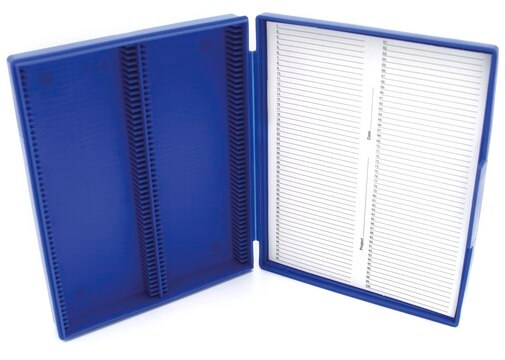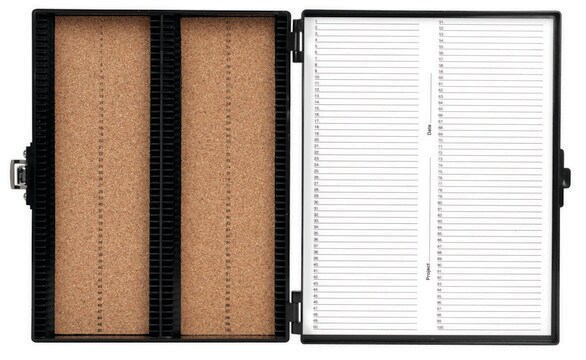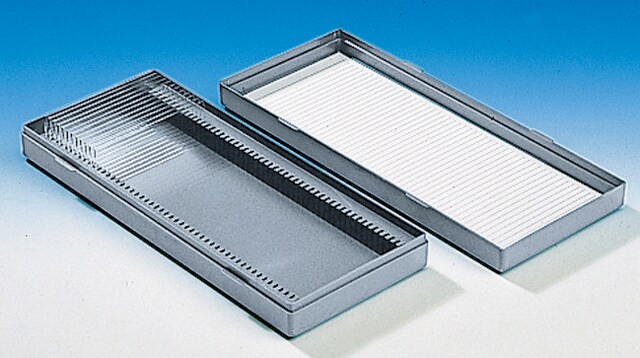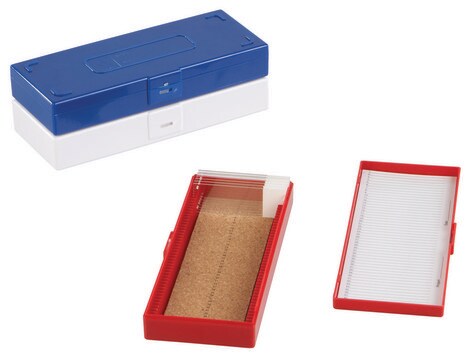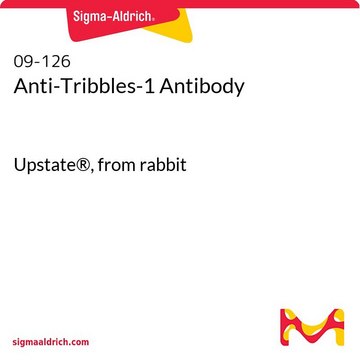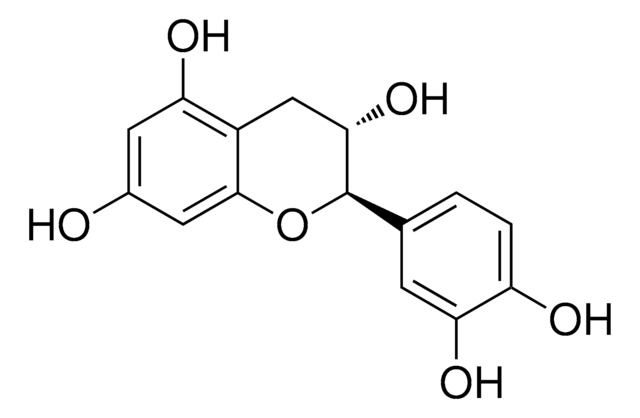MABS1997
Anti-ST8SIA1 Antibody, clone HIC0-3C5
clone HIC0-3C5, from mouse
Sinónimos:
Alpha-N-acetylneuraminide alpha-2, 8-sialyltransferase, EC: 2.4.99.8, Alpha-2, 8-sialyltransferase 8A, Ganglioside GD3 synthase, Ganglioside GT3 synthase, Sialyltransferase 8A, SIAT8-A, Sialyltransferase St8Sia I, ST8SiaI
About This Item
IF
IHC
immunofluorescence: suitable
immunohistochemistry: suitable
Productos recomendados
biological source
mouse
antibody form
purified antibody
antibody product type
primary antibodies
clone
HIC0-3C5, monoclonal
species reactivity
human
packaging
antibody small pack of 25 μg
technique(s)
flow cytometry: suitable
immunofluorescence: suitable
immunohistochemistry: suitable
isotype
IgMκ
NCBI accession no.
UniProt accession no.
target post-translational modification
unmodified
Gene Information
human ... ST8SIA1(6489)
General description
Specificity
Immunogen
Application
Immunofluorescence Analysis: A representative lot detected ST8SIA1 in Immunofluorescence applications (Dorrell, C., et. al. (2016). Nat Commun. 7:11756).
Signaling
Quality
Immunohistochemistry Analysis: A 1:250 dilution of this antibody detected ST8SIA1 in human pancreatic tissue sections.
Target description
Physical form
Storage and Stability
Other Notes
Disclaimer
¿No encuentra el producto adecuado?
Pruebe nuestro Herramienta de selección de productos.
Certificados de análisis (COA)
Busque Certificados de análisis (COA) introduciendo el número de lote del producto. Los números de lote se encuentran en la etiqueta del producto después de las palabras «Lot» o «Batch»
¿Ya tiene este producto?
Encuentre la documentación para los productos que ha comprado recientemente en la Biblioteca de documentos.
Nuestro equipo de científicos tiene experiencia en todas las áreas de investigación: Ciencias de la vida, Ciencia de los materiales, Síntesis química, Cromatografía, Analítica y muchas otras.
Póngase en contacto con el Servicio técnico